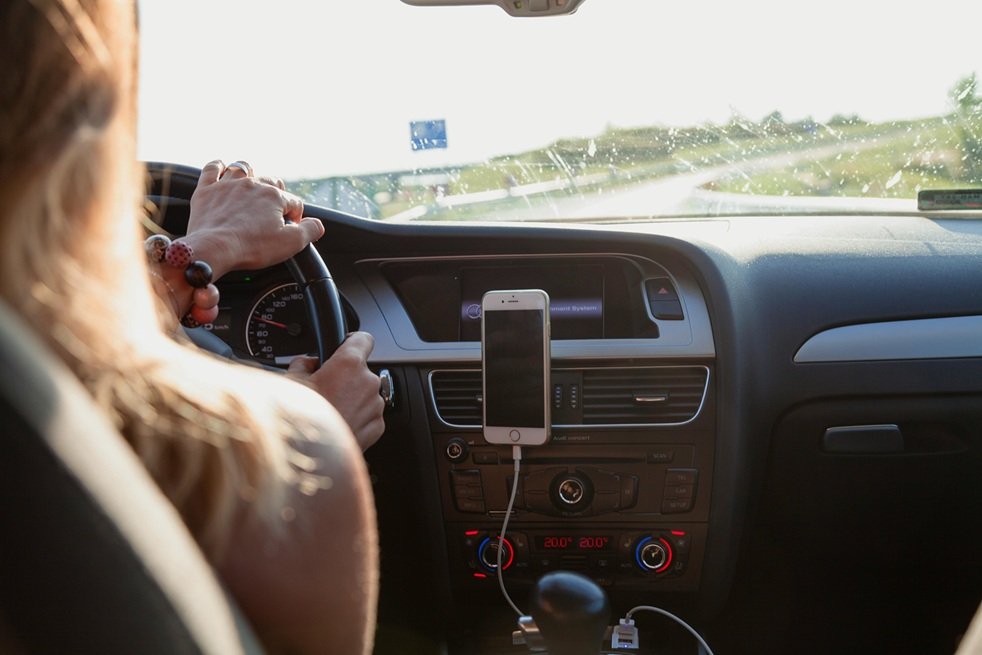Traveling to new places frequently involves going down new roads. For business or recreation, driving in a foreign land can be thrilling but has its own set of issues. Knowing some key details ahead of time can make the experience as smooth and secure as possible. From discovering local traffic rules to expecting the unexpected, here’s a guide on what drivers should pay attention to when driving in unfamiliar areas.
1. Familiarize Yourself with Local Traffic Rules and Regulations
Before driving in a new area, it’s crucial to familiarize yourself with the local traffic rules. States, provinces, or even countries may have different rules and driving practices. These can range from speed restrictions to the use of roundabouts to whether you need a special license to drive. For example, in some locations, there could be specific signs to be employed for parking or overtaking, and failure to adhere may attract penalties or fines. It’s also a wise move to check if there are special road safety laws in the area, such as seat belt wearing, cell phone legislation, or alcohol consumption laws. You can easily check your requirements with a web search or reading your local travel books so that you are well aware of the information you require, and hence you are compliant with the rules and regulations and can avoid getting into trouble.
2. Understand Your Vehicle’s Needs and Insurance Policy
When traveling to new places, your vehicle must be ready for the journey. If you are renting a car, ensure you know about the capabilities of the vehicle, such as the air conditioning, headlights, and windscreen wipers. The vehicle should have all the necessary documents, such as registration and insurance. Also, call your insurance provider about travel insurance, especially if you will be driving overseas. Some policies do not cover accidents or damage beyond a specific area, so it is wise to understand your insurance limits. With information on how to locate all documents and data, time and stress will be spared in the event of an unexpected situation.
3. Map Out Your Routes and Check Road Conditions
Mapping out your routes before leaving is always a wise move. Use GPS or maps to obtain the best routes to follow while shunning such places with traffic jams, accidents, and poor road conditions. The majority of apps these days can make it possible for you to access live traffic reports, roadblocks, and crash records, which is highly convenient in keeping you on the shortest and safest route. If you are traveling on hilly routes or country roads, check the weather forecast to ensure that your path is still secure, especially under adverse weather conditions like rain or snow. Having a planned route reduces unnecessary stress and can prevent you from getting lost or delayed, particularly if you are unfamiliar with the area.
4. Prepare for Local Driving Etiquette and Accidents
Driving etiquette can vary widely between areas, and an understanding of local customs can avoid misunderstandings or accidents. In other countries, for example, drivers are more aggressive and expect to be going faster, while in others, it is common to drive much slower, especially in housing areas. Knowing how the locals handle things like yielding, lane merging, and turning will help you blend well with traffic. Also, certain places may have unique road conditions, like narrow roads, unmetered parking areas, or unknown road signs. If you are driving in a crowded area or an area with unique driving habits, it is helpful to remain patient and cautious. Knowing the driving culture in your location ensures that you are not caught off guard by an unforeseen change on the road.
5. Prepare for Emergency Situations
Despite all the precautions, a breakdown or accident may happen while driving in the unfamiliar. Preparation for accidents is needed through learning how to react during emergencies. Carry a roadside emergency kit with supplies like a flashlight, first aid, jumper cables, and a spare tire. Also, make sure you have a local emergency number saved in your phone and are aware of how to reach the nearest police station or hospital in case of an accident. For instance, you get involved in an accident in California or anywhere in the West Coast, a few things to do immediately are move to safety, call for help, stay calm, and report the incident. Obtaining a California Highway Patrol accident report online is essential, as it provides an official record of the incident. Be sure to document the scene thoroughly by taking photos and gathering all necessary details for your report.
Conclusion
Driving in a new area can be an exciting part of your travel experience. By spending time preparing and getting to know local driving practices, laws, and emergency procedures, you can make your trip safer and more enjoyable. From understanding road laws to being ready for the unexpected, these simple steps guarantee that you drive unfamiliar roads with confidence. Regardless of whether you are traveling to a nearby city or abroad, always be careful, plan, and be ready to adapt to new road conditions.



